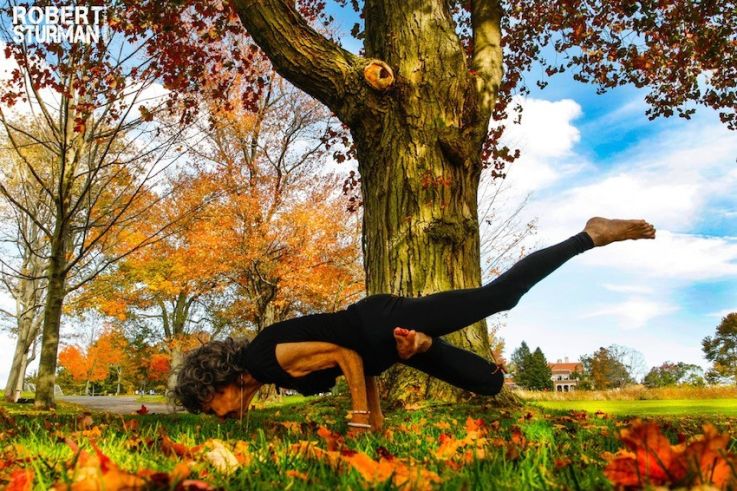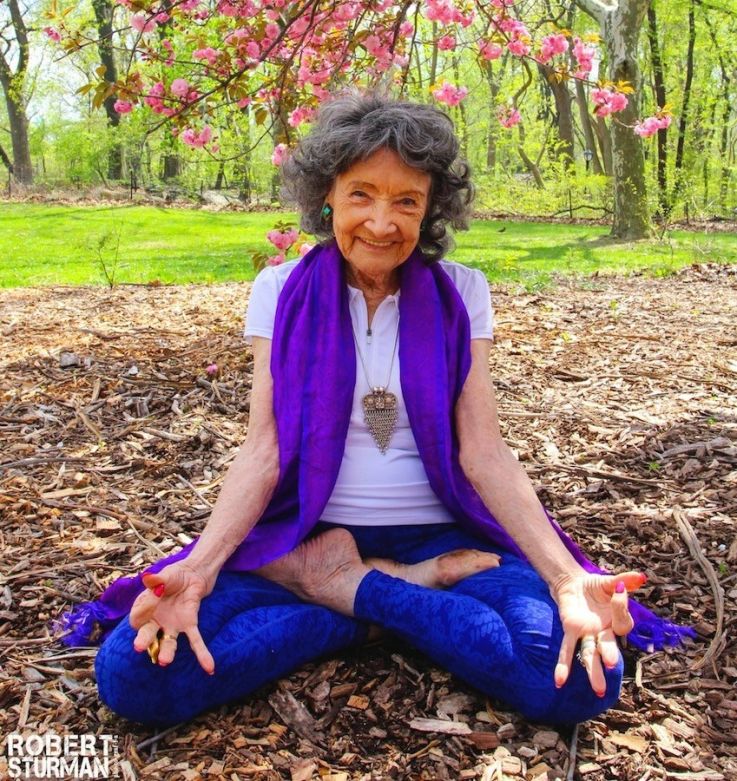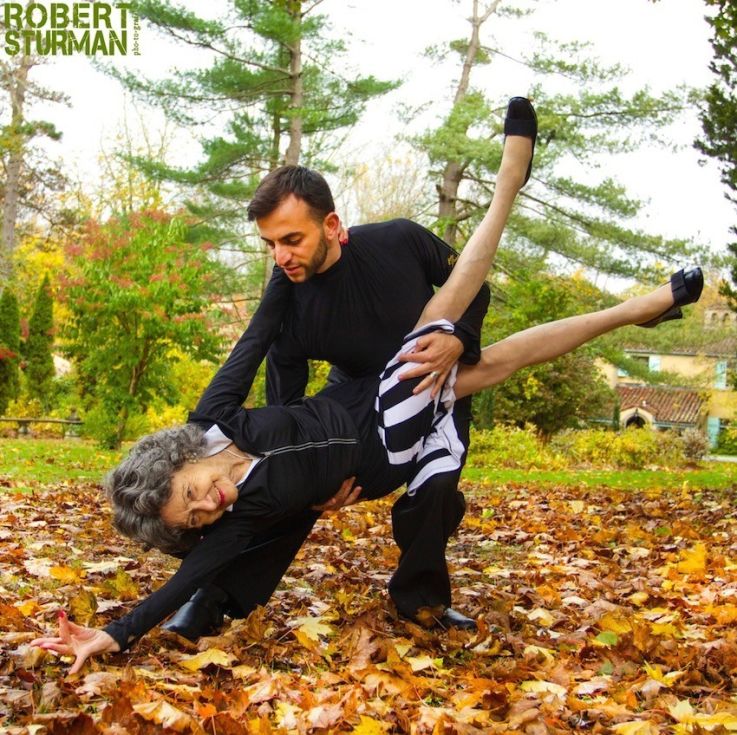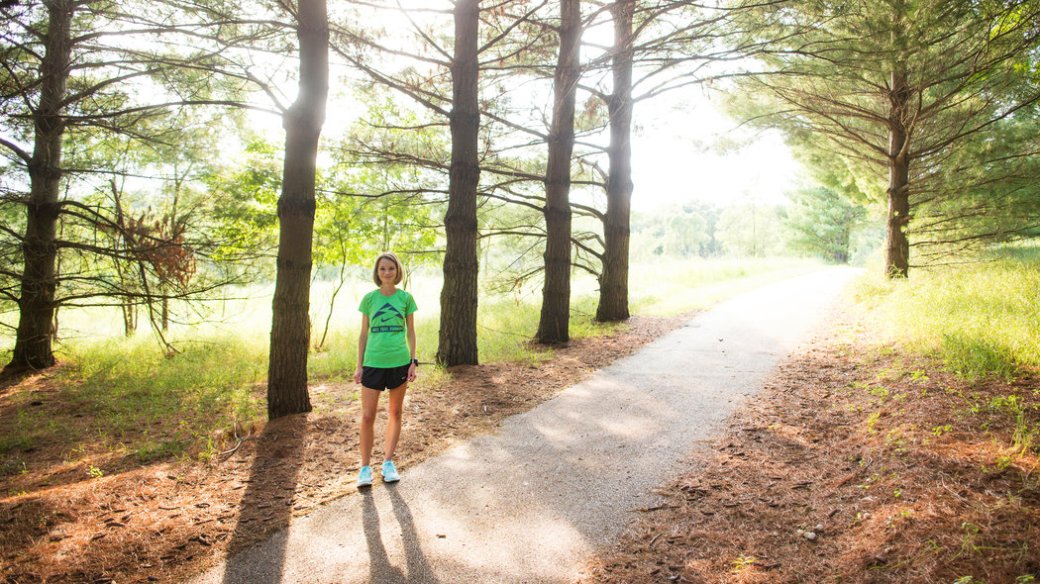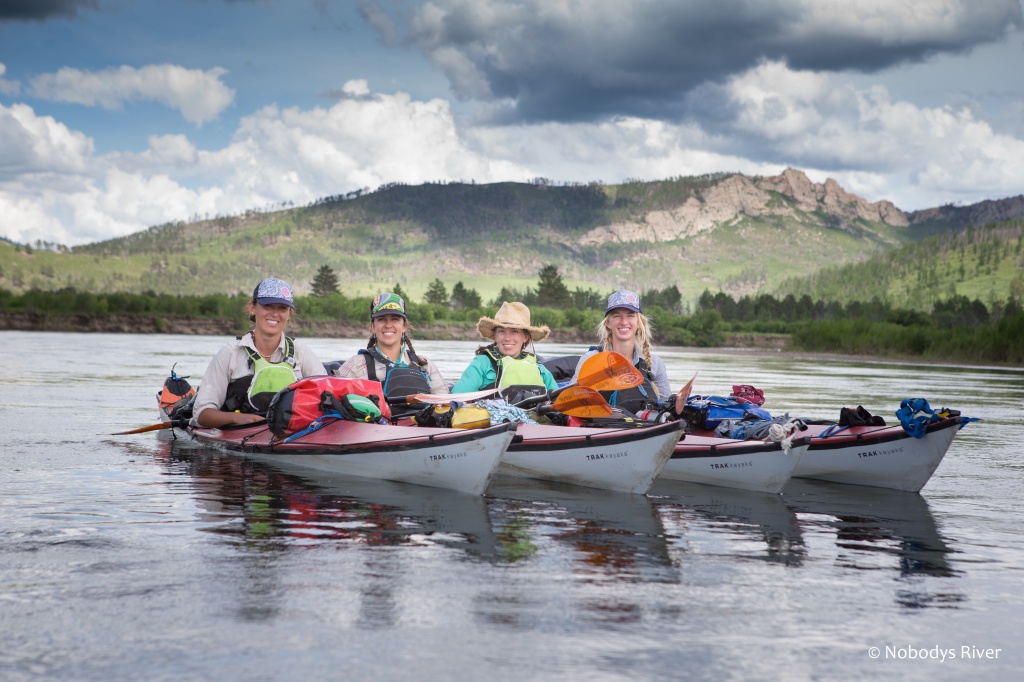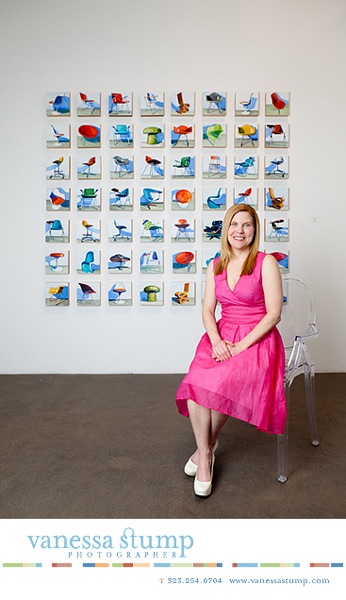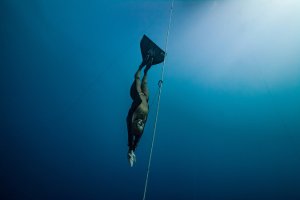The Cost of Lower Standards for Women in Marine Recruitment
by Kyleanne Hunter
from the NYTimes
[Excerpt]
I joined the Marine Corps a year after graduating from Georgetown University. Feeling stagnant in my civilian job, I was looking for a physical and mental challenge, and the Corps’ ethos of “honor, courage and commitment” appealed to me. Those entering the Marines as officers do so via the Marine Corps’ Officer Candidate School, known as O.C.S., in Quantico, Va. This 10-week course is designed to test an individual’s mettle and their ability to be a leader of Marines.
Unlike enlisted boot camp, where all training is in a gender-segregated environment, the vast majority of O.C.S. is integrated. Female platoons have their own sleeping and hygiene accommodations but perform all physical and academic training in the same environment as males. Though this training and evaluation is simultaneous, women still have a lower standard for purely physical tasks. While O.C.S., and the subsequent Basic School that all Marine officers attend, is gender integrated, the Infantry Officer’s Course and several advanced courses, such as Mountain Warfare Training Center and Marine Corps Special Operations, remain closed to women.
The physical standards for Marine Corps training are extremely demanding. Leading up to O.C.S. I would make the trek to my Officer Selection Office for rigorous training: Seven-to-10-mile runs in combat boots and utilities, weekly physical fitness tests, weight training and the long marches that we affectionately call “humps.” I was able to run three miles (the Marines’ fitness test standard) in under 18 minutes, get my scrawny bike-racer arms to do pull-ups, and even condition my feet to run mile after mile in boots.
Heading into O.C.S. I was focused, confident and strong. Though I was aware that there were separate male and female standards for physical performance, being the only woman at my selection office, I continually held myself to the men’s standard.
At my initial fitness test at O.C.S., I ran three miles in 16 minutes 58 seconds. I was beaten only by the company commander (who would later become a friend and mentor when I was stationed at New River in Jacksonville, N.C.), and one of the male candidates I had spent the summer training with (and who had been training for the Olympic track team as his back-up plan to the Marines).
I was incredibly proud of my performance. I had given my best. I had proved that I belonged — no, that I was better than — the men chosen to audition to become the elite of the elite, leaders of Marines. When I returned to my platoon’s squad bay, however, I was greeted with a different sentiment.

“Who do you think you are, candidate?” my platoon commander, a woman, barked. I must have stared back blankly, as I received a barrage of insults for several minutes. I was later counseled that the standard for women was 21 minutes, and that I should get used to running slower.
For the rest of my time at O.C.S., I was continually pushed to the back of runs and told to “learn what was expected of me.” When I and another female Marine were near the front of a company run, we were asked why we hadn’t fallen out like females are supposed to.
(I must add that my platoon sergeant was an incredible Marine who continues to encourage women to be their physical best. She is a rare exception.)
I could tell several other stories like this. While men in my squadron were praised and received accolades for getting perfect scores on their fitness tests, I was rewarded with, “We’re glad Captain Hunter is leaving the squadron so we won’t get beaten by a girl any longer.” I don’t fault any one male in particular for this, but rather an institution that has conditioned Marines to expect less from its members who are born female.
My experiences go beyond the expected harassment or normal button-pushing of Marines undergoing their initial training. By forcing women to adhere to a lower standard than men, and by effectively punishing them for exceeding their given standard, the institution is setting them up for failure.
It is no wonder that the first women to attempt the Infantry Officer Course have failed. The course, even tougher than O.C.S., has been opened in recent years to female volunteers as part of the Marines’ study of gender integration into the infantry. I would argue the women’s failure is due to the fact that female Marines have been denied an even playing field from the beginning. While men have generally spent over a year physically preparing for the demands of the Infantry Officer Course, the women who have attempted the course have done so with mere months of notice.
When an institution expects less of one group, and mandates lower standards for that group, there is no way that it will progress without a great deal of reform.
During her tenure at Parris Island, Colonel Germano proved that the majority of women could meet the “higher” standard if given the tools and the expectations. Was it easy? No. But should we expect anything less of those who choose to serve in the service with the slogan “The Few. The Proud”?
Yet rather than rewarding her for innovative and effective training techniques, she was punished. The military is an inherently physical business. Initial impressions of fellow military members are frequently based on their physical performance. By conveying this truth to her recruits, Colonel Germano was setting them up for success, not berating them. The sad truth is that by institutionally expecting less of women, women begin to expect less of themselves.
Upon successfully completing O.C.S. and Basic School, I went to flight school and became an AH-1W “Super Cobra” pilot. As the only female pilot on multiple combat deployments, I can attest to the cultural bias that the dual standards produce. Combat does not care about your gender. Flying the Cobra required the same physical and mental acuteness from me as it did from my male counterparts. Yet despite proving myself time and time again, the lower standards meant that my performance would always be called into question.
In 2012 I left the Marine Corps to study the impact of gender integration on fighting groups. Both my own experiences and the situation surrounding Colonel Germano highlight the reality that the biggest barrier to integration is changing a long-established culture of fighting men.
It has been proven that the barriers to women’s integration are not physical, but institutional. The recent completion of the Army’s Ranger School by two women should quell once and for all the misguided belief that women are unable to meet the standards required for elite combat units.
However, even in the wake of this historic accomplishment, there are those who question its validity. Despite these critics, the Army is standing by the success of the soldiers and the validity of the process they went through. The Navy has even announced that they will be opening SEAL training to women. The institutional tide is shifting. It is time the Corps started looking for a Few Good Marines, not just a Few Good Men.
Kyleanne Hunter is a Ph.D. Candidate at the Josef Korbel School of International Studies at the University of Denver. She served was a United States Marine officer for 10 years, serving as an AH-1W pilot and liaison officer to the House of Representatives.
